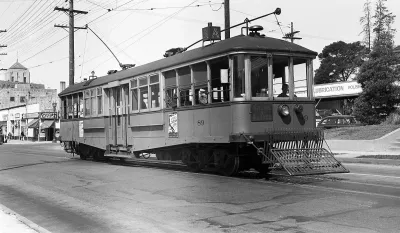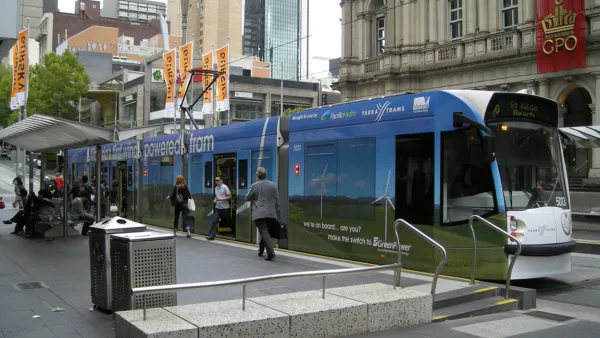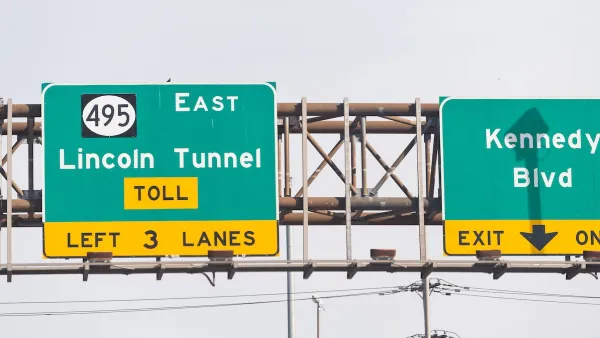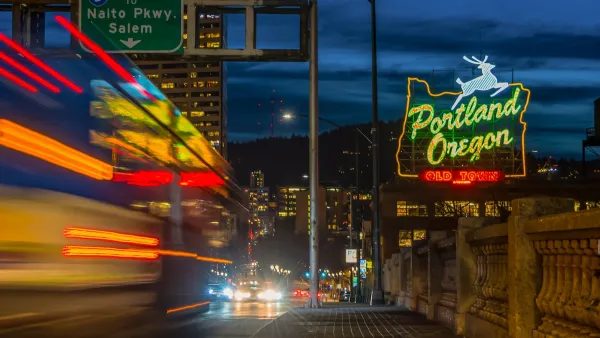The Union of Concerned Scientists takes us on a “trip down memory ‘train,’” examining the history of public transit, including its chronic disinvestment and perpetuation of racism, from the 1800s to today.

The Union of Concerned Scientists (UCS) recently published a brief, informative history of public transit in the U.S. that examines how, despite the fact that being able to get from place to place is “the foundation for a thriving community and sets the stage for growing our economy and upward mobility,” our current transportation system falls short and leaves many of us disconnected. Despite the success of privately run streetcar systems in the 1800s and early 1900s, “city, state, and federal politicians, along with private sector interests made intentional decisions that locked in car-dependent infrastructure,” writes Kevin X. Shen, Northeast transportation policy analyst and advocate with the UCS. Despite the federal government passing the Urban Mass Transportation Act of 1964, transit has been historically underfunded.
Shen’s article outlines the racist underpinnings of both early transit and how the prioritizing of car infrastructure and construction of the interstate highway system perpetuated racial inequality and injustices, as well as the decades of ongoing debate in Congress over whether the federal government should be funding local transit at all rather than focusing on highways. He concludes with a summary of where this history has gotten us — “With decades of low commitment to transit and instead investing in car dependence, transportation is now the largest sector of US greenhouse gas emissions, is the second largest household expenditure, and remains a key factor perpetuating inequities in our country” — and looks to what our next chapter could hold.
FULL STORY: A Trip Down Memory “Train”: A Brief History of Public Transit

Analysis: Cybertruck Fatality Rate Far Exceeds That of Ford Pinto
The Tesla Cybertruck was recalled seven times last year.

National Parks Layoffs Will Cause Communities to Lose Billions
Thousands of essential park workers were laid off this week, just before the busy spring break season.

Retro-silient?: America’s First “Eco-burb,” The Woodlands Turns 50
A master-planned community north of Houston offers lessons on green infrastructure and resilient design, but falls short of its founder’s lofty affordability and walkability goals.

Test News Post 1
This is a summary

Analysis: Cybertruck Fatality Rate Far Exceeds That of Ford Pinto
The Tesla Cybertruck was recalled seven times last year.

Test News Headline 46
Test for the image on the front page.
Urban Design for Planners 1: Software Tools
This six-course series explores essential urban design concepts using open source software and equips planners with the tools they need to participate fully in the urban design process.
Planning for Universal Design
Learn the tools for implementing Universal Design in planning regulations.
EMC Planning Group, Inc.
Planetizen
Planetizen
Mpact (formerly Rail~Volution)
Great Falls Development Authority, Inc.
HUDs Office of Policy Development and Research
NYU Wagner Graduate School of Public Service




























